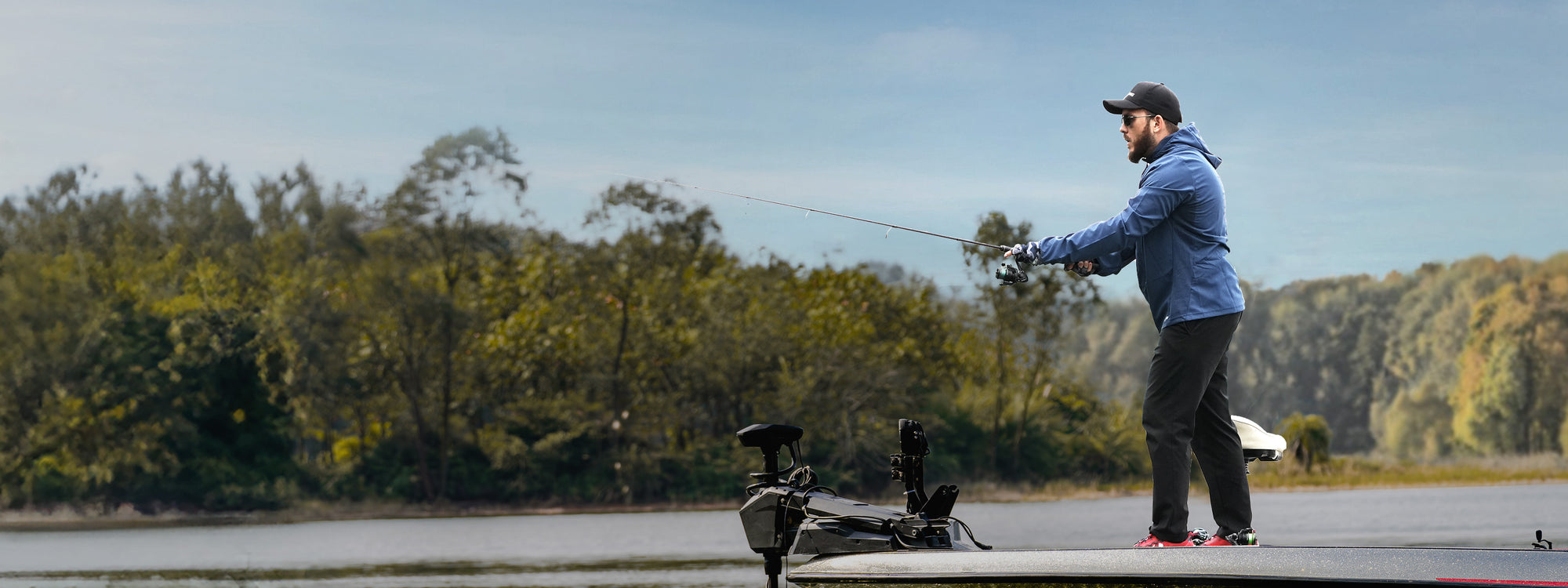Unlock the Secrets to Finding the Perfect Budget Fishing Rod Without Breaking the Bank!
Fishing is not just a hobby; it’s an experience that brings joy, relaxation, and a chance to connect with nature. However, for many aspiring anglers, the cost of quality gear can be a significant barrier. Fortunately, the market is brimming with budget-friendly fishing rods that don’t skimp on performance. With a growing interest in economical fishing options, it’s essential to understand what makes a fishing rod great without breaking the bank. In this article, we’ll delve into the crucial factors to consider when shopping for a cheap fishing rod, ensuring that you can reel in the big one without emptying your wallet.

Understanding Fishing Rod Basics
Before diving into the world of budget fishing rods, it's vital to understand the basic components that influence their performance. The length of a rod typically ranges from 5 to 12 feet, and it can affect casting distance and control. Shorter rods provide better accuracy, while longer rods can cast further. The material of the rod is equally important; graphite rods are lightweight and sensitive, making them ideal for beginners, while fiberglass rods are more durable but heavier. Additionally, the rod's action—how much it bends—can impact your fishing experience. Fast action rods bend closer to the tip, providing sensitivity for quick hook sets, while slow action rods bend throughout, offering more flexibility. Lastly, the power of the rod, which refers to its strength, should match the type of fish you’re targeting.
Setting a Budget for Your Fishing Rod
Establishing a budget is crucial before purchasing a fishing rod. It’s important to set a realistic price range that considers your fishing habits and frequency. For occasional anglers, a modest budget may suffice, while regular fishermen might need to invest a bit more for better quality. Prioritize features based on your needs; for instance, if you fish in freshwater lakes, you might not need a heavy-duty saltwater rod. To find affordable options, explore local sporting goods stores, online marketplaces, and seasonal sales. Don't be afraid to check clearance sections or discounted items, as you can often find high-quality rods at significantly reduced prices.
What to Look for in a Budget Fishing Rod
When shopping for a budget fishing rod, focus on essential features that can enhance your fishing experience. Quality of material is paramount; while you’re looking for budget options, ensure that the rod is made from durable components. Test the rod’s action and power according to your fishing style. Comfort is another critical aspect, especially the handle. A comfortable grip can make long hours of fishing much more enjoyable. If possible, visit a store to handle various rods, as this tactile experience can help you assess how a rod feels in your hands. Don’t hesitate to ask store staff for recommendations based on your budget and fishing preferences. A friend of mine once found a fantastic rod during a store demo day; the experience of holding different rods helped him identify the perfect fit.
Where to Buy Affordable Fishing Rods
There are various avenues to explore when searching for budget fishing rods. Local sporting goods stores often have knowledgeable staff who can guide you in selecting the right rod within your budget. However, online retailers have become increasingly popular due to their wider selections and competitive pricing. Websites often feature customer reviews, which can provide insight into a rod's performance. Don't overlook second-hand markets, such as pawn shops or online classifieds, where you may find barely-used rods at a fraction of the price. When evaluating deals, consider the rod's condition, and don’t hesitate to ask the seller questions about its usage history. A friend of mine once scored a nearly new rod for half the retail price through an online marketplace—proof that patience and persistence pay off.
Maintenance Tips for Longevity of Budget Fishing Rods
To ensure your budget fishing rod lasts, regular maintenance is key. After each fishing trip, rinse your rod with fresh water to remove salt and debris, particularly if you've been fishing in saltwater. Store your rod in a cool, dry place, and avoid leaving it in direct sunlight for extended periods, as this can damage the materials. Additionally, check the guides and reel seat regularly for wear and tear. A little care goes a long way; one of my friends swears by storing his rods in protective sleeves, which has significantly increased their lifespan.
Making Informed Choices for Affordable Fishing
Finding the right budget fishing rod doesn't have to be a daunting task. By understanding the basics of fishing rods, setting a realistic budget, and knowing what to look for, you can make an informed decision that suits your fishing style. Whether purchasing new or second-hand, consider the tips shared in this article to ensure you get the best value for your money. Remember, a well-chosen fishing rod can enhance your fishing experience and create lasting memories, all while keeping your finances intact. So grab your gear, head to the water, and get ready to enjoy a great day of fishing!








